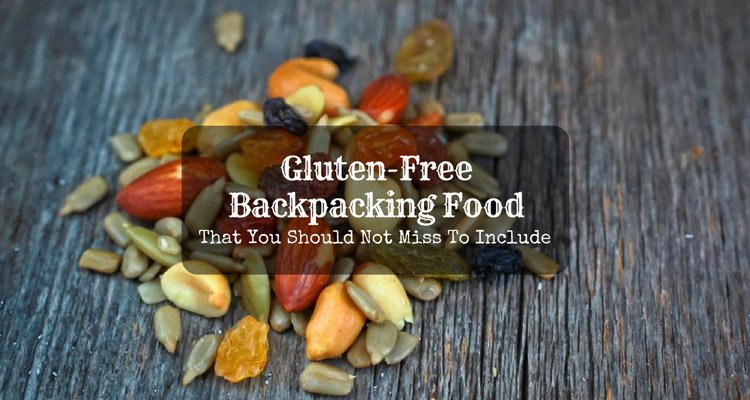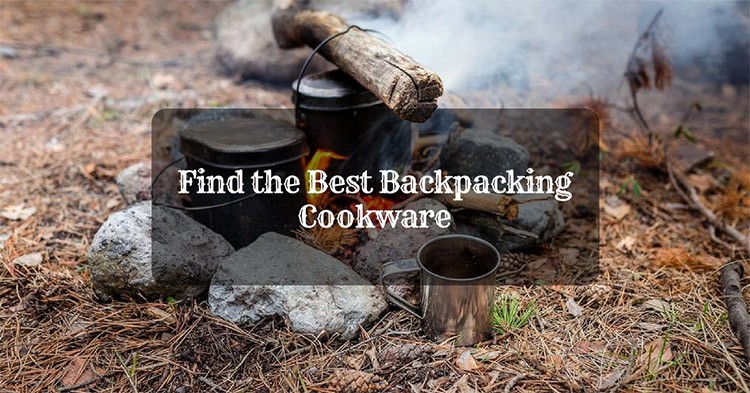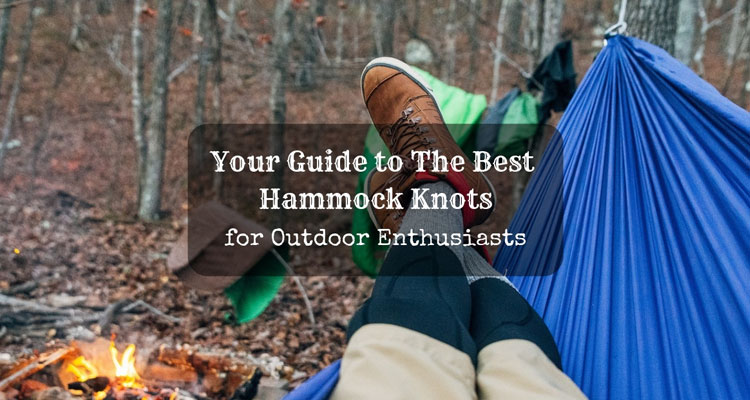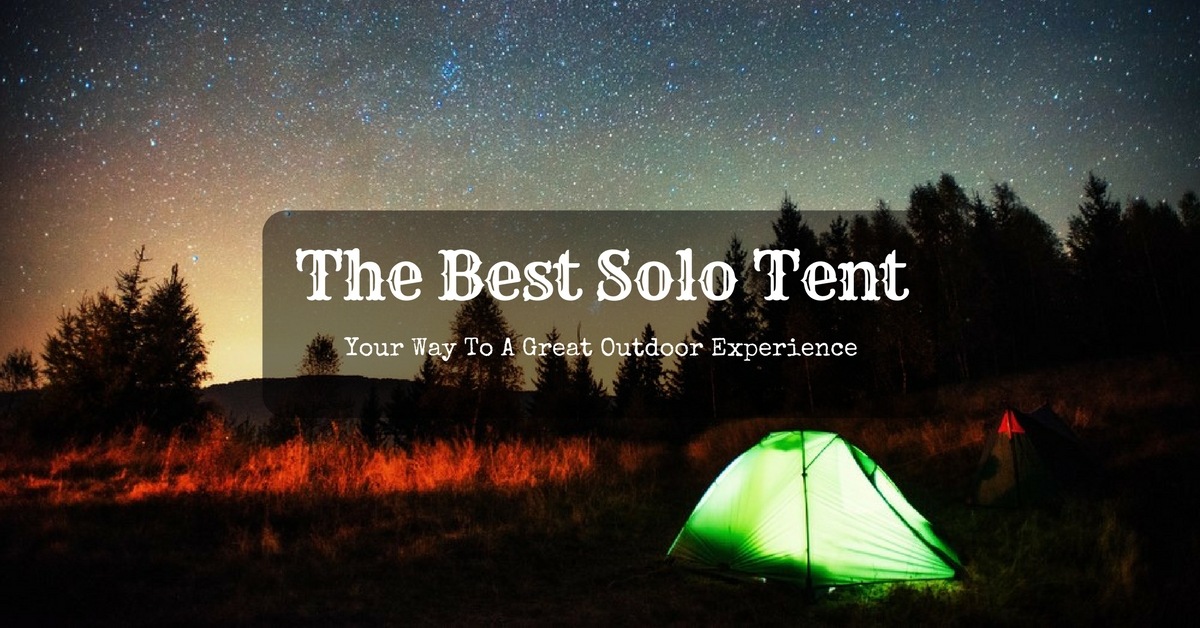I always enjoy outdoor adventures since I was a kid, especially when eating my favorite delicious gluten-free backpacking food. Since spending a lot of time on the trail always makes me feel hungry, I always get ready to experience an another exciting trip together with any of my gluten-free foods.
As a person with gluten intolerance who is enthusiastic with various outdoor activities such as camping, hiking, and backpacking, eating foods that are gluten-free has always been a necessity for me as it always assures a more comfortable and stress-free adventure.
If you are someone who loves to explore the wild and indulge yourself in the same pastime, yet share the same condition like me, I suggest that you continue reading this writing piece. Furthermore, if you are suffering from celiac disease, I am also writing this article for you.
More...
The best gluten-free backpacking foods that you need not cook
At times, you may not have enough time to make a heavy meal or, you may just want to avoid the hassle of preparing them. Hence, you may be looking for some foods which do not require cooking that you can bring during camping. If so, I have made this list of no-cook gluten-free foods for you.
Almonds
These types of nuts are one of the foods that I love, and I never forget to bring because they are very nutritious. Each ounce of it can contain 3 grams of fiber and 6 grams of protein. Also, almonds are very heart-healthy.
They are excellent sources of long-term fuel, and they are extremely important in rebuilding our muscles. But above all, almonds are very versatile. They are perfect choices whether you choose to toss them in your oatmeal or put them in trail mix.
Either way, they will surely keep you full and provide you energy for your backpacking trip. Moreover, almonds are rich in calcium which make them good for your bones as well.
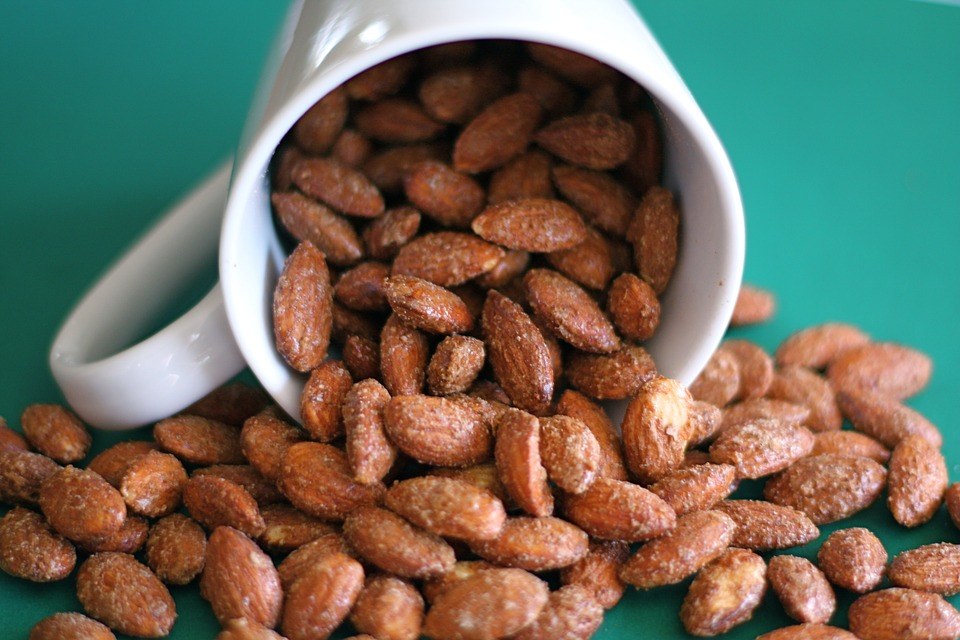
Red Lentils
This variant of lentils is another food that is rich in protein. There are about 13 grams of the said nutrient for every 1/4 cup of it. These high-protein plants contain a lot of fiber which makes you fuller for a long time. The time it requires to cook lentils is about 15 minutes which make them an excellent source of protein during dinner.
What I usually do is I mash these plants with garlic, salt, and cayenne pepper which allows me to have a tasty dip that has gluten-free crackers or whole-grain corn tortillas. Sometimes, I also toss them with quinoa or rice.

via picserver. org
Chia seeds
If you are looking for an excellent combination of fiber, protein, and omega-3 fatty acids, this popular seed from Mexico is what I recommend. In addition to its various nutrients, it also contains a lot of antioxidants. This fact helps in repairing your body for every day of your backpacking adventure.
I once tried putting them in my water, and it tasted very delicious. Eat chia seeds and keep yourself hydrated to maintain your energy level throughout your whole day. Alternatively, you can also try mixing chia seeds with certain foods such as granola, rice, and oatmeal.
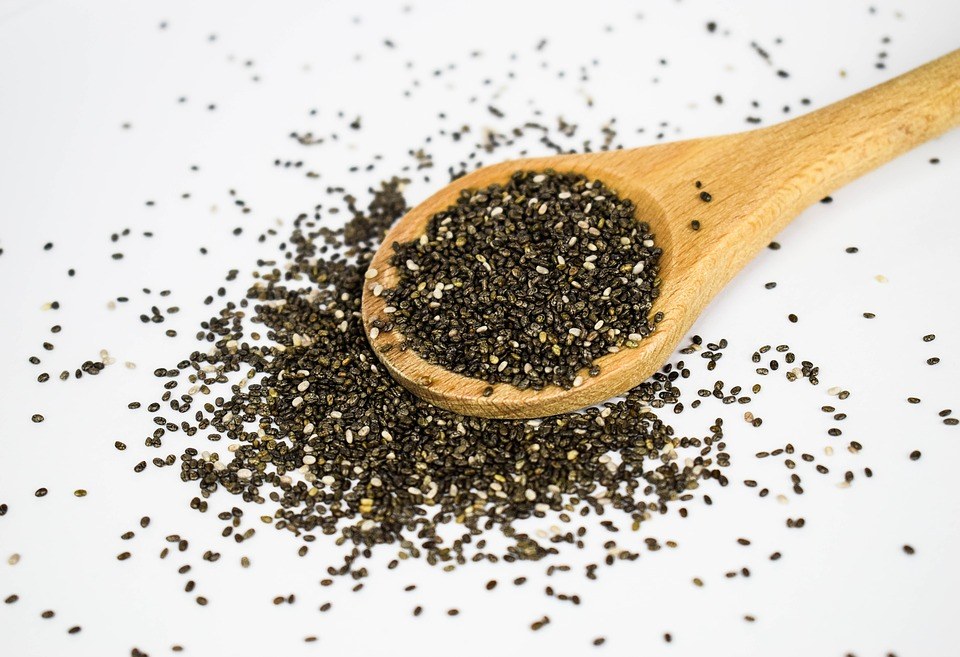
Quinoa
This food is another gluten-free grain which I find perfect during every adventure. Are you wondering what benefits it can give to your body? Quinoa is one of the rare plant sources of complete protein which means that it offers all essential amino acids.
Also, the said food is an excellent source of protein and complex carbohydrates which all help make your body stay healthy. It will give you energy and long-term fuel which you need for the entire day when you go hiking.
I typically eat Quinoa during breakfast in a porridge that has dried fruit in nuts. If you do not want to consume it during breakfast, you can eat it during dinner with lentils or dried beans.
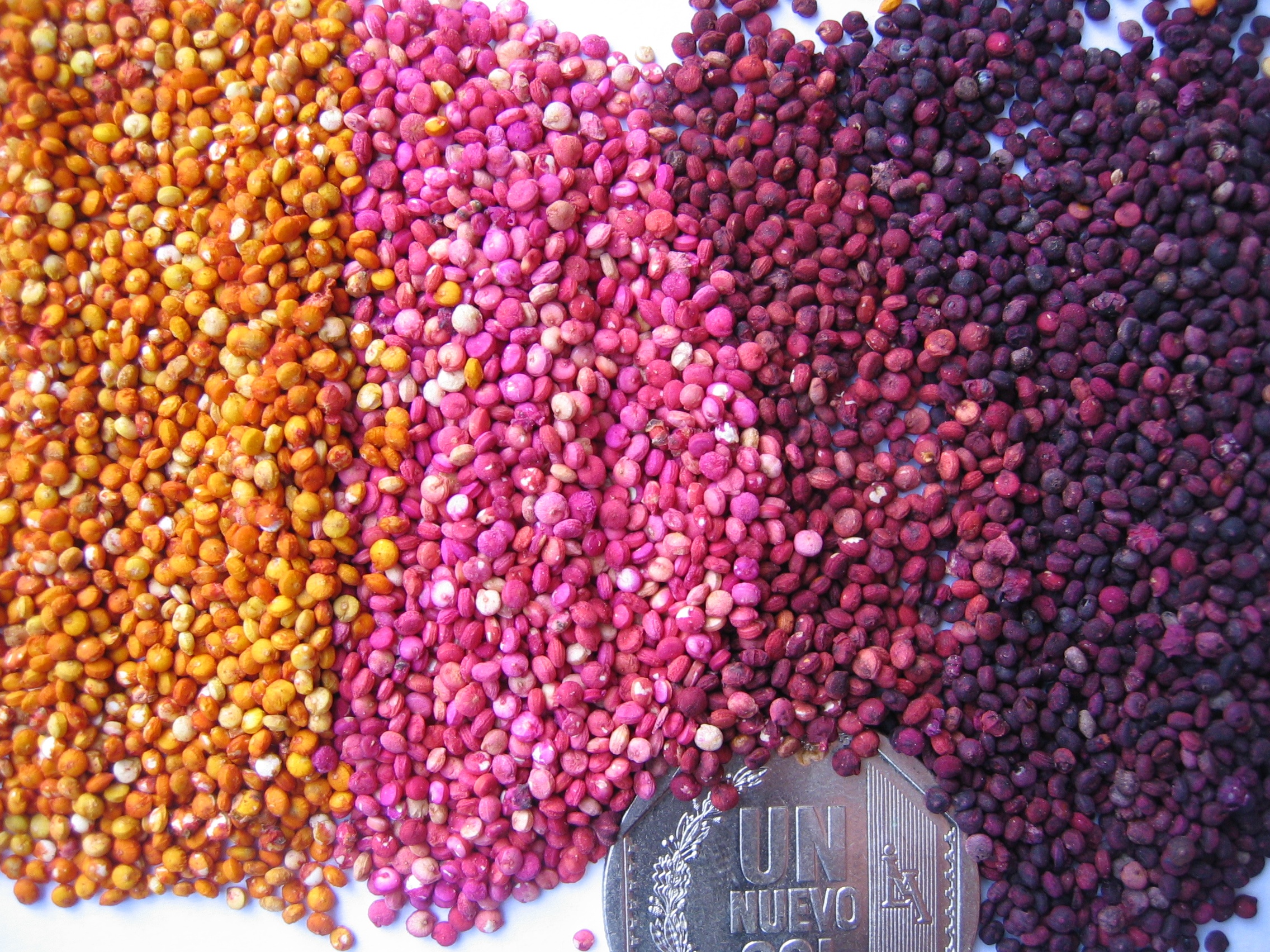
via wikimedia common.com
Peanut butter
Peanut butter is one of my top-favorite meals even when I do not go hiking or backpacking. If you choose to bring it when backpacking though, it is also a perfect choice.
I said so because apart from being gluten-free, it is a very versatile food that you can have on the trail. Even the fats that it contains are healthy, and they are full of energy that is long-burning.
You can put peanut butter on almost any type of food. You can also eat it straight from the container. If you ask me what my favorite thing to do with peanut butter is, I usually prepare simple spicy peanut sauce on top of quinoa or brown rice.
This meal gives warmth to my tummy after a whole day of hiking, camping, or backpacking. I also suggest that you try mixing peanut butter with gluten-free pretzels, tortillas, or oatmeal. You will surely enjoy the taste whichever way you choose.
If you have nut allergies, you can bring sunflower butter as an alternative.
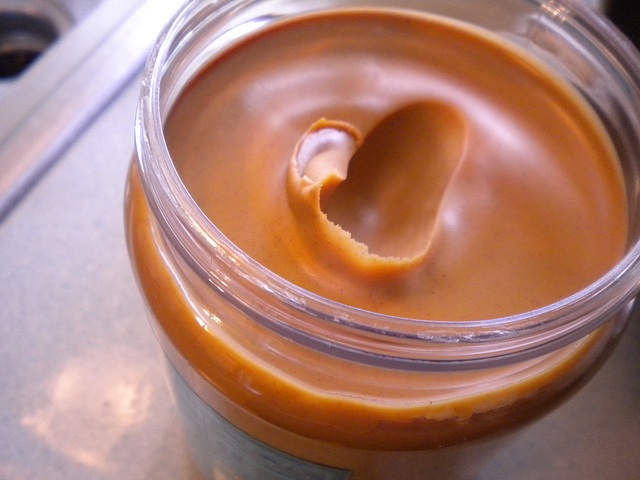
The best gluten-free dishes and recipes
Most of the time, my hiking or backpacking adventure becomes more rewarding when I have the opportunity to prepare my meals.
If you are like me who both love to cook and go outdoor yet avoid dishes that are gluten-rich, I would like to share some recipes that are gluten-free to add fun and excitement to your next journey.
Honolulu Curry
Tickle your taste buds with this mouthwatering recipe. It is an easy-to-prepare food since it will only take you about 20 minutes to cook it. It is also full of nutrients since one serving contains a perfect combination of protein, calories, carbs, fat, and sodium.
To start, you only need to prepare a few ingredients. Just make sure you have two tablespoons of dehydrated, canned pineapples, two tablespoons of dehydrated shrimp, 1/2 cup of pre-cooked dehydrated basmati rice, and two tablespoons of coconut milk powder.
Before you go to your adventure, mix all these ingredients in a medium-sized zip-lock freezer bag.
When on the trail, just pour your curry mixture into a pot before you add 1 cup of water. Next, you will have to put the pot over medium heat. Bring the mixture to the boil. Stir it occasionally, and do this step for about 10 minutes before you remove it from the heat. Allow it to stand covered for the next 5 minutes. This step is important to rehydrate your meal completely.

Seafood Paella
If you love seafood, this recipe is what I suggest. Apart from being a delicious meal, it is also rich in nutrients. In fact, each serving of it also contains a lot of calories, carbs, protein, sugars, and sodium.
To make this tasty dish, you will just need 2/3 cup of paella rice, 1/2 vegetable bouillon cube, 1/2 teaspoon of sweet smoked paprika, and one shallot.
Do not also forget to have two tablespoons of tomato paste (tubed), Salt, to taste, one tablespoon of olive oil, and 30 g / 1.06 oz chorizo or summer sausage (optional).
You will also need to prepare one can (about 100 g / 3.5 oz.) of squid in ink, one can (about 85 g / 3 oz.) of smoked mussels, and one can (about 85 g /3 oz.) of shrimps in brine.
When you are at home, just pack all these ingredients separately. When on the trail, heat the olive oil using a pot and apply medium heat Pour the finely chopped shallot, and cook your shallot until it is golden and soft.
Add your dice chorizo. Cook and stir. I often stir it for about 3-5 minutes until it becomes crispy.
Next, you will just need to stir in the paprika and tomato paste. Pour your rice in as well as the 2 cups of water. Bring the mixture to a boil before you crumble it in the bouillon cube. Season it to taste. Then, you have to simmer it for about 15-18 minutes.
Lastly, just stir in your drained seafood before you cook it for another 5-12 minutes together until you notice that all the mixture absorbs all the liquid and the rice is all okay.
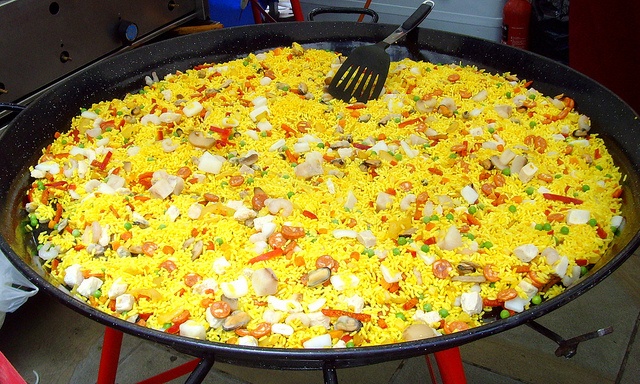
Recommended articles
Toaks VS Snow Peak: Which of the Two is the Best?
BushBuddy vs. Solo Stove: Do You Know Which one is the Best?
Jetboil vs. MSR: Which One is the Best Backpacking Cooking System?
Smoked Salmon & Potato Pancakes
This dish is one of the meals that take a while to prepare, but it is one of my favorite. Hence I take my time in preparing it. If you plan to make it your backpacking meal too, the first thing that you need to do is grate the potatoes.
The size I usually use is about 8 or 9 potatoes which are also ideal sizes when you are with someone in your backpacking adventure. I often grate them very tiny since I find small ones quicker to fry, and they would also surely not fall apart.
Once I finish grating them, I drain off the extra liquid. Then, I mix in 1-2 eggs that I beat lightly, some salt, a handful or a small amount of Gf oats, and one small onion which I also grate small.
If you want to, you can also add grated carrots. After mixing the essential ingredients, it is now time to heat some oil in your frying pan and put about 1/4 cup of your mix to each of your potato pancakes. Lastly, you just need to fry them like regular pancakes and flip them when they begin to turn golden brown.
Sounds fun to do, right? Taste them at their best by eating them fresh out of your frying pan. My fellow backpacker and I would also usually top them with sour cream or/and applesauce and smoked salmon. This dish is also something that kids would surely love.
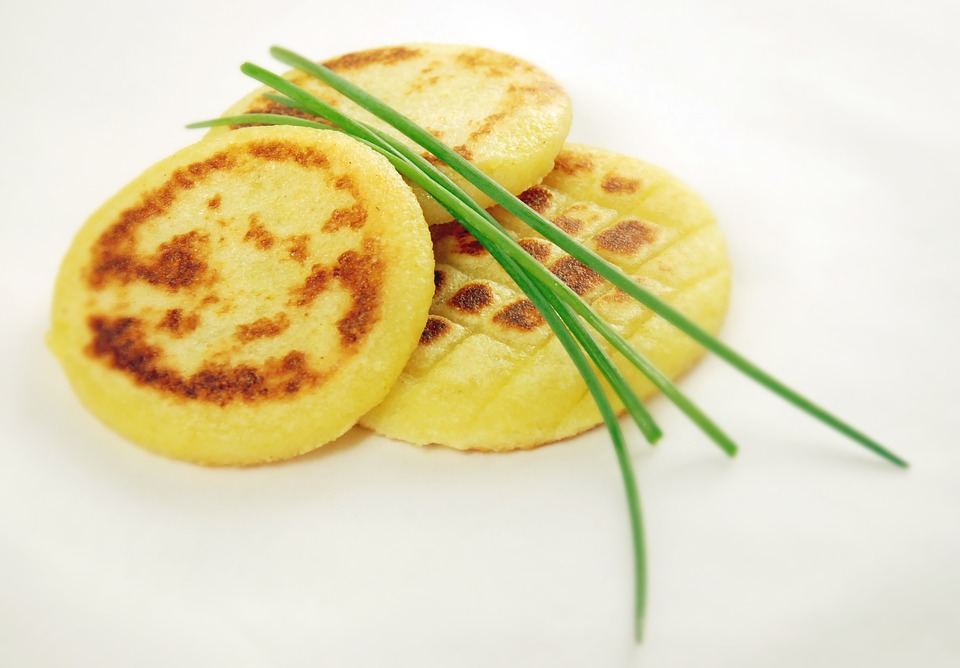
Factors to consider when choosing the best gluten-free backpacking food
For you to find out which food is the most appropriate for your trip, it is important to remember some important considerations. Here are some of the crucial factors that I advise you to take into account.
Is it easy to cook?
I know some backpackers who believe that cooking is a pain since you will need to set up your stove and pots and clean it up.
Other hikers, on the other hand, do not like doing dishes in the woods since you will have to take up valuable energy and time in doing these activities. There are also some outdoor goers who always choose a "non-cook meal plan."
These are all practical activities that will surely lessen the time that you will need when cooking, but there are also other backpacking enthusiasts like me who do not mind cooking.
For me, cooking is another stuff to enjoy while you are in your camping spot. I suggest that you bring a stove. As for me, I often bring a jetboil flash. At times, I only cook for dinner and bring no-cook meals for breakfast and lunch.

via amazon.com
Can you cook it at home and reheat it during your adventure?
Over my several years of backpacking, I have learned different strategies in preparing my backpacking meal during my adventure. However, there are also occasions when I need to prepare my meals at home especially when my schedule becomes extremely busy.
Reheating the food when in the wild is largely hassle-free. Nevertheless, it is still important to remember some important tips to make sure that the food you bring is both safe to eat and tasty. Do not forget to let hot food cool down first if you plan to put it into a fridge.
You can also allow the dishes to cool fast if you spread them in shallow dishes, and you can add ice cubes to soups. I suggest that you refrigerate them at a temperature that is below 5 (degree sign) or 41 (degree sign)F to minimize the chances that bacteria will grow.
Once you are in your camping spot, and it is time to reheat your already cooked meal, there are both flavor and safety considerations to consider. When reheating, I suggest that you cook to 73.8 °C or 165 °F.
You can also bring them to boil when necessary. These two steps will guard you against food poisoning. Using a good backpacking cookware can make a big difference and lessen much inconvenience.

Is it nutritious?
In a single day, it is possible for you to burn up to 2,500 calories when you indulge yourself in a 5-mile stroll. If you make a 20-mile backpacking trip, you might burn even up to 5,500 calories.
Consuming right amount of Calories, Carbohydrates, Fat, fiber, Sodium, Sugar, and Protein is extremely vital for you to stay energized and healthy especially when you are on the trail for several days.
If you do not have any particular dietary considerations or needs, I highly advise you to consume at least these amounts or levels when you are on the trail. At times, you may even need more.
Calories (2,000)- Carbohydrates (300g) - Fat (65g) - Fiber (25g) - Protein (50g) - Sodium (2,400 mg) - Sugar (NA).
Is it convenient to bring and not heavy?
To a specific degree, density is your ultimate priority (i.e., high calorie-to-oz ratio). During my trips, I often carry meals which are at least 100-110 calories per ounce. Your knees and back will certainly appreciate each ounce that you shave off.
Remember that you will unload, toss around, and repack all of your meals frequently, so always make sure that you bring backpacking meals that are very packable and easy to carry.
Conclusion
That's it. Did you enjoy reading the different gluten-free foods that I have just presented?
I suggest that you pack more than one of these meals especially if you are hiking for a long period. There are surely many other options that you can choose from when deciding which food to bring on your next trek, but the ones I just mentioned are what I can guarantee to be worth bringing.
With that, I hope you were able to find your most favorite gluten-free backpacking food. If so, please feel free to share which one is it and post your insights about this food list in the comments section below. You can also share this writing piece with your friends.


